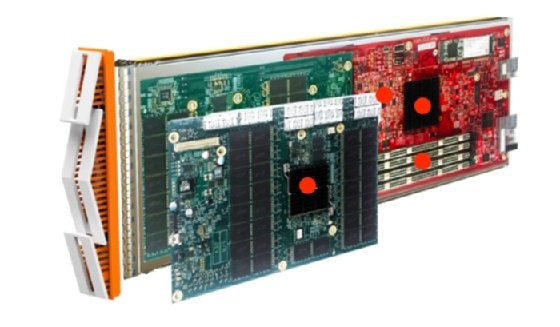
Kit Wai Chan - Fotolia
Pure Storage nudges all-flash toward hybrid workloads
Pure Storage all-flash revolves around unified fast file and object storage to consolidate local and cloud-based application data on a single high-performance flash platform.
Pure Storage all-flash arrays received a software refresh on Monday in the vendor's ongoing quest to unify all data on flash.
Pure bolstered the Purity OS software for FlashArray block and FlashBlade to accelerate Windows file-based workloads and improve ransomware protection across block, file and cloud storage. The vendor, based in Mountain View, Calif., also previewed Pure FlashArray//C40 array, which combines quad-level cell NAND and NVMe connectivity intended to consolidate hybrid workloads.
Pure Storage FlashArray is the vendor's block-based flagship. The Pure Storage FlashBlade array supports scale-out file and object protocols. Both arrays use Pure's custom DirectFlash modules in place of standard SSDs. Pure1 is the common management layer for Purity OS. Data can be shared between the block-and-file systems using Pure's snapshot technology.
Unified file and object storage, with speed
Pure Storage has grown from a startup to a publicly traded company with annual revenue topping $1 billion. The company emerged in 2007, just as flash storage was gaining prominence in enterprise data centers. At the time, legacy disk arrays vendors retrofitted their systems to accommodate SSDs or a hybrid mix of SSDs and disk. Pure Storage all-flash arrays are engineered solely for solid-state media.
Pure Storage uses a cacheless architecture to serve data with low latency. Traditional disk-based NAS and object storage systems deliver parallelization by aggregating throughput of multiple node clusters. Latency typically is a secondary consideration in that topology. Modern application workloads are changing customer expectations, with flash storage in demand as enterprises pursue digital transformation initiatives.
Pure said Purity 3.2 for FlashBlade provides unified fast file and object storage based on its scale-out architecture. Typical FlashBlade use cases include SQL backup and picture archive and communications systems used in healthcare. For Windows shops, Pure added an internally developed high-performance SMB client as a complement to the FlashBlade NFS file protocol.
The addition is aimed at organizations that need massively parallel storage for AI inferencing and training, said Amy Fowler, a marketing vice president of Pure Storage FlashBlade products. Fowler said Purity 3.2 positions FlashBlade for use cases that include content delivery networks, energy, financial services and media.

Startup Vast Data also sells an all-flash storage system to consolidate primary and backup workloads, although Vast does not support Fibre Channel or iSCSI-based block storage protocols. Storage market leader Dell EMC Isilon added an all-flash variant to its NFS-based Isilon file storage and last year wrote Isilon code tuned to run in Google Cloud Platform.
Qumulo recently diversified its scale-out storage to support unstructured data. (Qumulo's founders helped engineer the original Isilon file product.) Although it lacks a parallel file system, NetApp sells all-flash models of its Fabric Attached Storage filer that provides back-end storage to the NetApp Memory Accelerated Data product, designed to accelerate relational databases with a tier of storage class memory.
"Unified file and object storage is about infrastructure density. It's the idea that you can have a single platform that is flash-optimized to serve many next-generation applications," said Eric Burgener, a research vice president of enterprise infrastructure at IDC.
Pure Storage wants analyst firms to start this as a separate category, but Burgener said it's too early for that. "However, it is a viable segment in my mind. You see a lot of Pure's competitors [starting] to introduce all-flash versions of their object and scale-out NAS platform," Burgener said.
Other incremental enhancements in Purity 3.2 include cross-protocol file access, support for sparse files to boost efficiency and intelligent granular analytics.
Avoid paying ransom
With Purity 6.1 for FlashArray, Pure has added continuous data protection and introduced SafeMode immutable snapshots with tunable retention periods, along with continuous data protection. SafeMode ensures an uncorrupted copy remains available to recover rapid restore of critical data.
FlashArray//C line is Pure's all-flash array for consolidating midrange workloads on flash. The forthcoming FlashArray//C40 is an entry system that scales to 494 TB. It will complement the FlashArray//C60, a capacity-optimized array that provides up to 1.8 PB of raw capacity.
Pure said the FlashArray//C40 system will be rolled out later this year, featuring a new controller that runs across the FlashArray product family. Scott Baker, a Pure Storage vice president of FlashArray product marketing, said the design will boost performance by 60% and provide more capacity for onboard snapshots, based on optimized data reduction.







